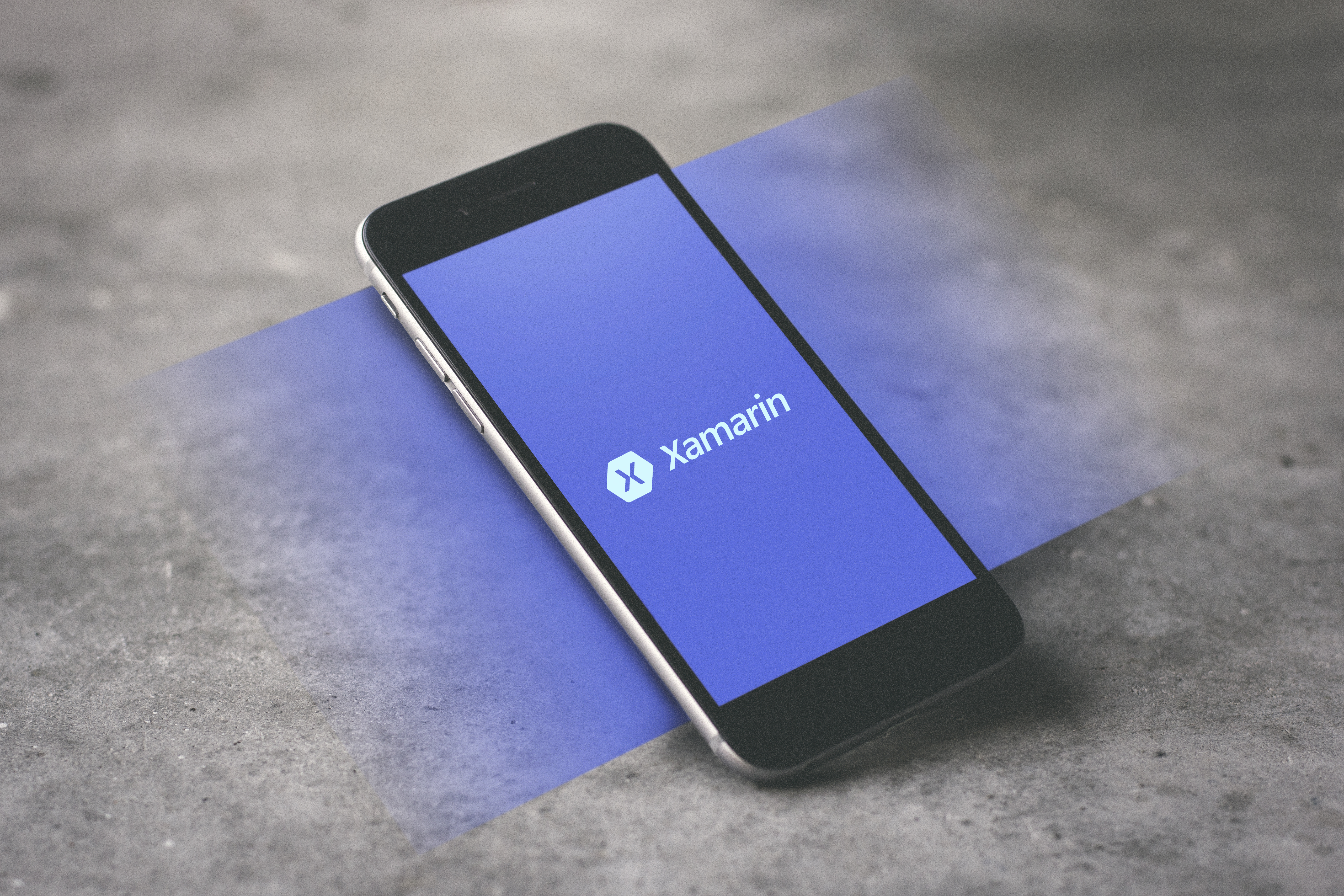These days, the tremendous success and spectacular adoption rate of modern mobile platforms are closely related to the number and quality of mobile applications running on these platforms. Under the very tough competitive conditions of app stores, flexibility and implementation speed have become harsh selection criteria in the world of mobile application developers. A direct consequence of this state of affairs is the accelerated development of technologies that allow the use of a single codebase to obtain quasi-simultaneous versions of a mobile application on multiple platforms, also known as multiplatform technologies.
Added to such multiplatform development technology, the prerequisites for efficiency in mobile application development are provided by two other critical ingredients: a back-end service platform (those that actually serve the client application) and a complete and coherent development process which is called Application Lifecycle Management or ALM). Xamarin is one of the multiplatform technologies that have seen a great success in recent years. Together with Microsoft Azure (which provides support for both back-end and ALM services), Xamarin is a highly appealing variation for iOS, Android, and Windows application developers who prefer the use of a single code for application compilation Native mobile on these platforms.
In essence, Xamarin is an open source technology that allows you to compile a common C# code base in native iOS, Android or Windows apps. The advantages of using the same development environment (IDE), the same programming language (C#) and the same set of API’s for all platforms attract an increasing number of developers. Through the interfacing methods with the native operating systems they provide, Xamarin allows developers to achieve with C# virtually the same results they would obtain separately with Objective-C, Swift or Java. What is important to highlight in this context is the native character of the resulting apps, an important differentiating feature of Xamarin over other multiplatform technologies (such as those based on HTML5 and JavaScript).
The native character of mobile apps obtained with Xamarin is defined by three important elements:
- Native user interfaces;
- Native API access;
- Native performance.
Xamarin application UI’s are built with native, standard controls for each platform. Beyond the fact that applications are familiar to the users of each mobile platform, they also act in ways that users are accustomed to. In terms of access to mobile APIs, Xamarin apps have access to the full area available, without any restrictions. This is especially important for apps that require access to specific platform-specific functionality (such as snippets on Android or iBeacons on iOS / Android). The compilation process of the C# code generates native code for each platform, which provides a level of performance that simply cannot be obtained with solutions that interpret code at the time of execution. Relevant in this concept is also the ability of native apps to benefit from hardware acceleration techniques specific to each platform.
Xamarin‘s use of the C# language to develop the sourcecode behind the resulting mobile apps brings some pretty important advantages. This is all the more valuable as it provides the prerequisites for easy integration into a complete ALM process. In addition, the inherent advantages of the C# language are not neglected, including:
- Strong typing based on inference types that results in a more consistent effect with less effort, and eliminating the need for extensive use of explicit code annotations;
- Inline support for asynchronous calls (a much simplified approach to Objective-C, Swift, or Java, which requires explicit callback);
- Integrated language support for functions (so-called lambda). In Objective-C, the use of lambda is quite difficult, and in Java for Android they are missing.
Because of the Xamarin’s multi-platform functionality, app performance and reduced development time, this multiplatfrom technology is becoming the chosen decision for the developers who are building cross-platform mobile apps. And as we can see it in the near future, cross platform will become more and more mentioned.




